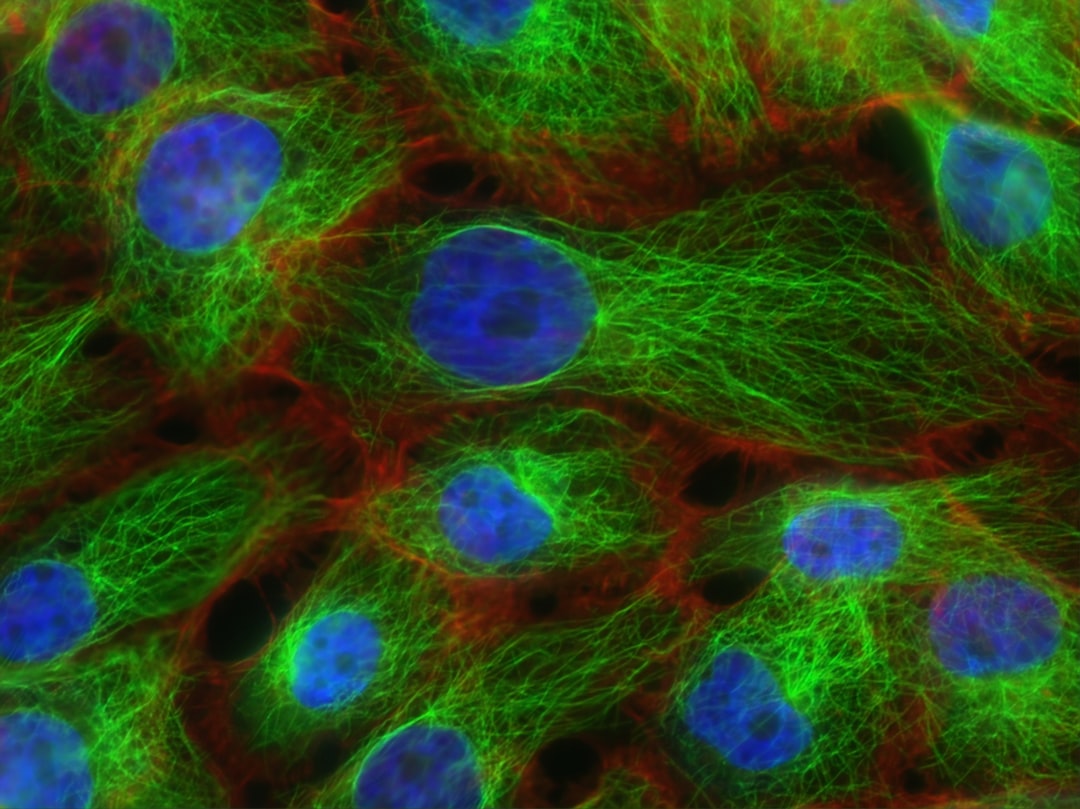What is it about?
Acinetobacter baumannii is a bacterial pathogen commonly associated with healthcare settings and increasingly exhibiting multi- and extreme-drug resistant strains. We determined that the enzyme shikimate kinase, which is involved in an early step of DNA and RNA synthesis, is required for A. baumannii growth and survival in a rat infection model. This finding suggested that shikimate kinase may be a new therapeutic target. We then used X-ray crystallography to determine its near-atomic resolution 3-D structure, including structurally characterizing a potential drug-binding site.
Featured Image
Why is it important?
New classes of antibiotics are urgently needed to provide effective treatment against bacteria that are resistant to many of the currently available drugs. Our findings suggest that shikimate kinase may be a viable antibiotic target in the increasingly important pathogen A. baumannii. Furthermore, we defined structural and chemical similarities and differences between a potential drug binding-site present in shikimate kinases from different bacterial species. This information will be critical for developing broad- or narrow-spectrum therapeutics.
Read the Original
This page is a summary of: Structure of shikimate kinase, anin vivoessential metabolic enzyme in the nosocomial pathogenAcinetobacter baumannii, in complex with shikimate, Acta Crystallographica Section D Biological Crystallography, July 2015, International Union of Crystallography,
DOI: 10.1107/s139900471501189x.
You can read the full text:
Contributors
The following have contributed to this page










